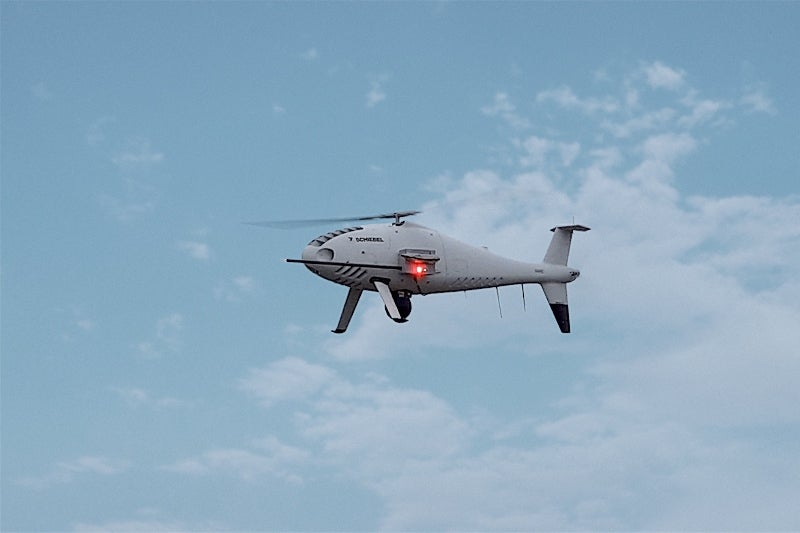
Austrian company Schiebel and Nordic Unmanned have completed a two-day trial of the Camcopter S-100 Unmanned Air Systems (UAS) sniffer capability.
The test was carried out in the shipping lane outside Gniben, Denmark.
Ships that operate in the busy sea routes in Europe are allowed to release exhaust fumes that contain sulphur oxide content less than 0.1%.
According to the International Maritime Organization (IMO) 2020 regulations, one of the solutions is to use UAS such as Camcopter S-100 that come with a sulphur sniffer.
The system goes through the ship exhaust plume to calculate sulphur emissions. It then identifies the ships using the automatic identification system (AIS).
During the two-day trial, the Camcopter S-100 carried out two successful four-hour flights and complied with sulphur emission regulations.
In addition, the Camcopter S-100 features an L3Harris Wescam MX-10 real-time Electro-Optical/Infra-Red (EO/IR) camera.
Nordic Unmanned CEO Knut Roar Wiig said: “Due to the extensive operational experience in the maritime area, as well as its endurance and ease of deployment, the Camcopter S-100 is the ideal aircraft to sniff out the polluters.
“The measurement test scored ten out of ten points and we demonstrated our capability as an operator and ability to quickly get the required authorisations to deploy and fly the service.
“We really look forward to helping maritime authorities in Europe and other parts of the world to enforce the IMO 2020 regulation by deploying our crew and the Camcopter S-100 to conduct sulphur emission monitoring. If a ship is not following the regulations, we will definitely sniff it out.”
In January, the Clean Arctic Alliance (CAA) urged IMO to ban ships from using fuels with high black carbon emissions in the Arctic region.



